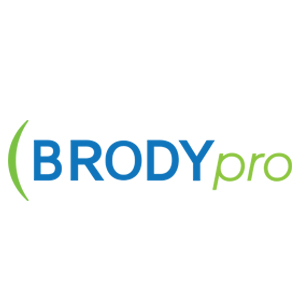There are many occasions where you might still need to make use of a formal business letter…
- Cover letters for proposals
- Job application letters
- Sales-related letters
Because you want to make a professional impression in a business letter, pay attention to these Five Business Letter Best Practices:
- Make sure your letter is direct, to the point, and easily understood.
- Keep boldface and exclamation points to a minimum.
- Check your spelling and punctuation. Spell check is great, but it won’t catch many things, such as writing the word “there” when what you meant was “their.”
- Follow a business letter format like the one below.
DATE: Date, month and year.
RECIPIENT NAME: Full name with Mr. or Ms., unless the person you are writing to is a doctor (Dr.), other professional (Rev., etc.) or you know a woman prefers “Mrs.” Always check to ensure that the person’s name is spelled correctly.
TITLE: If you know it, use it.
ADDRESS: Don’t forget suite numbers or floors.
SALUTATION: Always use a person’s name, never “To Whom It May Concern” or “Dear Sir or Madam.”
BODY OF LETTER: This is where you provide the information you need to convey and list any items that require action. Stay on topic, be specific, and use a polite tone.
SIGNATURE: Use your full name with your title and the name of your business underneath. You can sign in different color ink for emphasis; signing a first name is more informal.
MISCELLANEOUS: List any enclosures or copies being sent with the letter.
So, now you have some business letter basics – but, do you know how to correctly write a business memo or e-mail. Stay tuned…
